how to create step by step the creation of handmade tanned leather handbags.
Latest posts
-
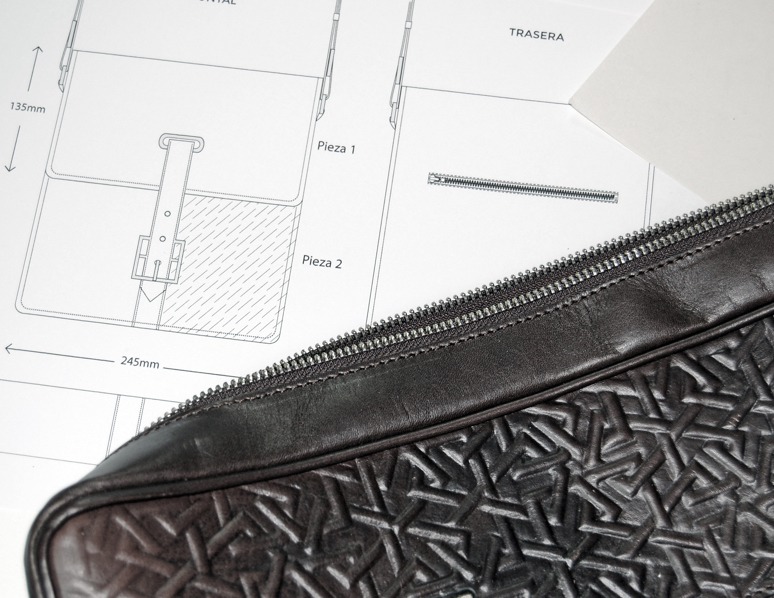 How to make a handmade leather bag step by step?Read more
How to make a handmade leather bag step by step?Read more -
 Types of leather What kind of leather do we use for each product?2020-09-11Read more
Types of leather What kind of leather do we use for each product?2020-09-11Read moreAre you interested in the types of leather we use to make our product? Visit our blog and read about the creation of...
-
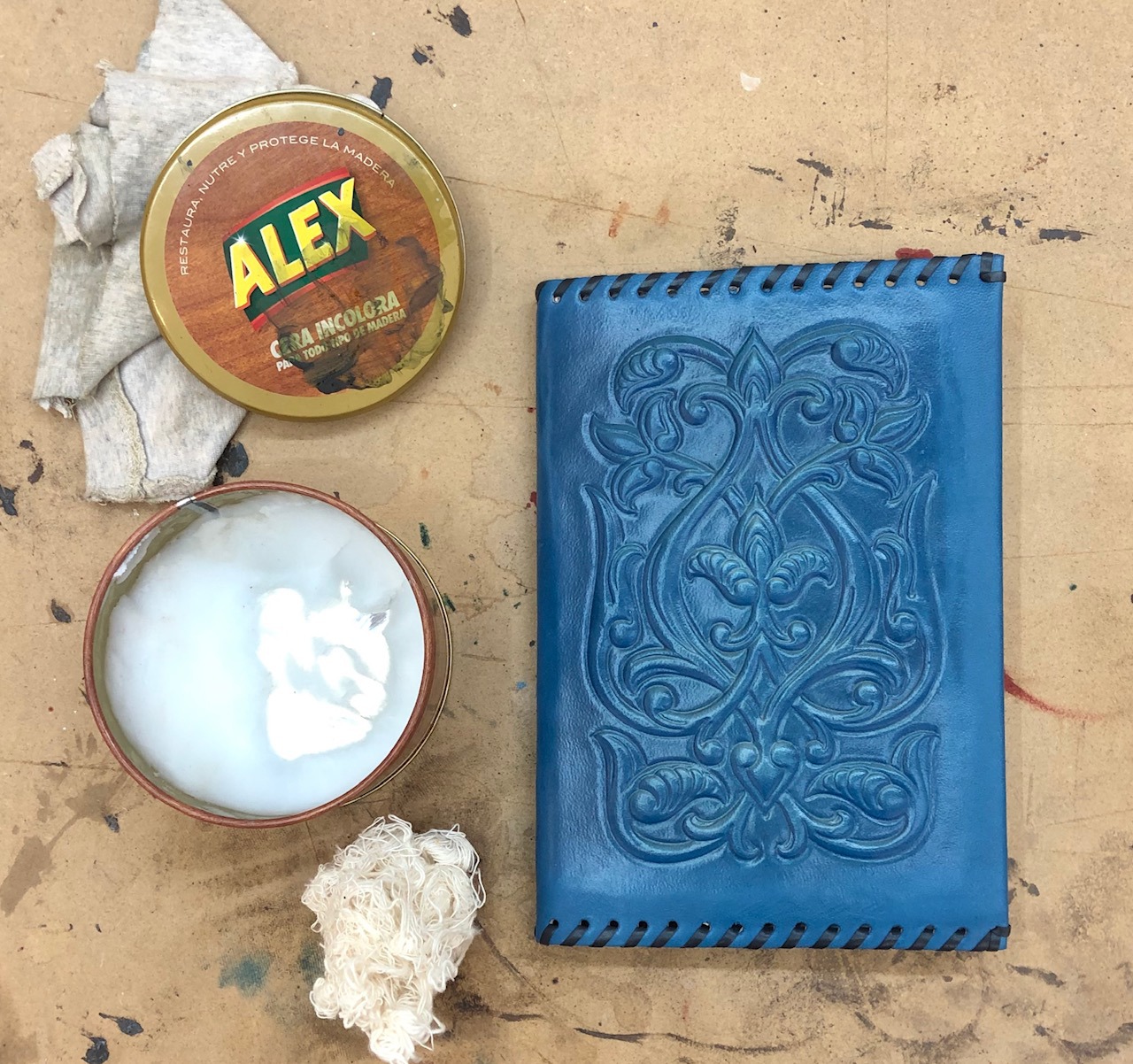 Tips to care for your leather products2020-08-14Read more
Tips to care for your leather products2020-08-14Read moreThe leather or tanned leather is a natural and organic material with excellent attributes of resistance and...
-
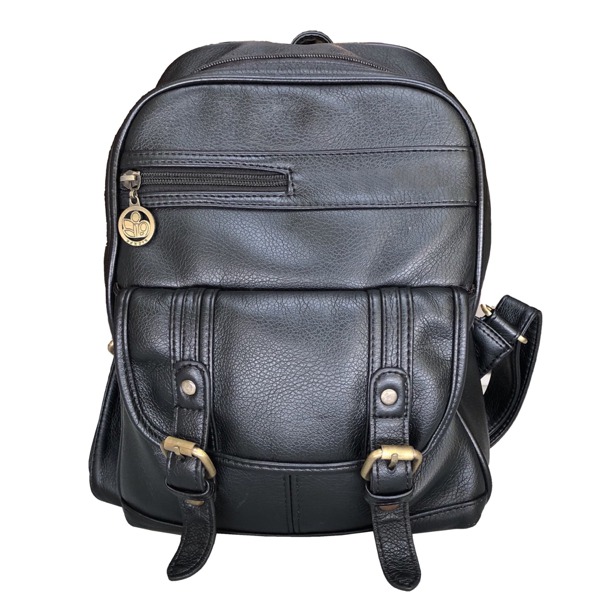 5 Steps to identify Synthetic Leather2020-08-07Read more
5 Steps to identify Synthetic Leather2020-08-07Read moreCommercially speaking, leatherwork has been divided in two different groups: natural leather and synthetic leather or...
-
 Vegetable Leather Dyeing2020-07-16Read more
Vegetable Leather Dyeing2020-07-16Read moreIn this article, we want to show how to dye leather by hand, and the types of dyes we use to color leather and obtain...
-
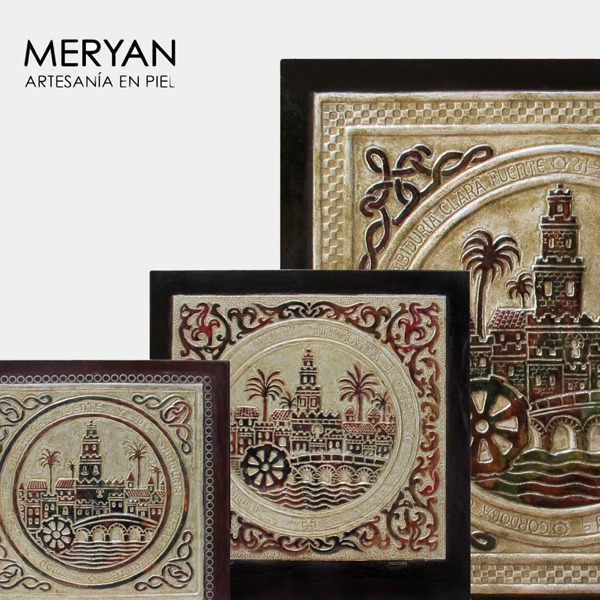 A little Story of the Seal of Cordova2020-06-23Read more
A little Story of the Seal of Cordova2020-06-23Read moreHistory of the official Seal and Coat of arms of Cordova since 13th century trough Meryan leather workshop
-
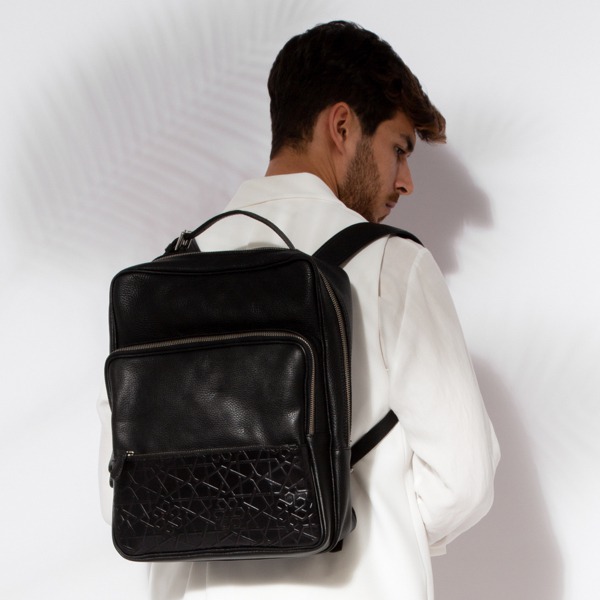 Discover Najima backpack, the leather laptop backpack from Laceria Collection.2020-04-19Read more
Discover Najima backpack, the leather laptop backpack from Laceria Collection.2020-04-19Read moreNew embossed leather laptop bakpack for men. It is an unique and exclusive item made by cordovan style.
-
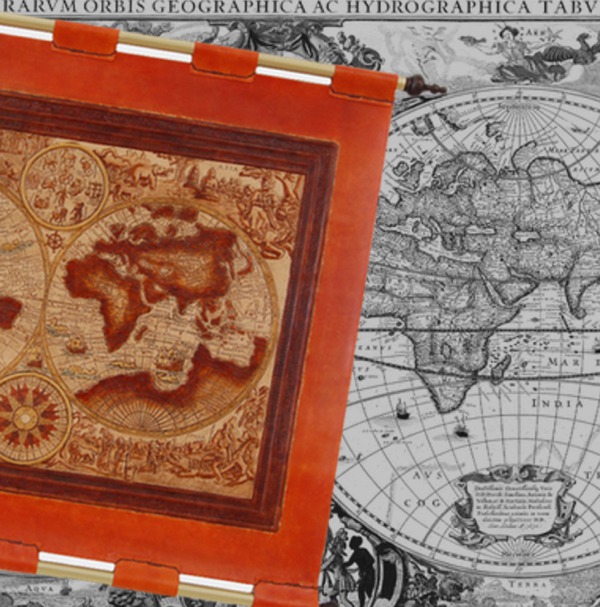 World Maps: a window to our history engraved in leather2020-02-17Read more
World Maps: a window to our history engraved in leather2020-02-17Read moreThe relevant history of maps and how they change our view of the world. Their influence in our leather handbags...
-
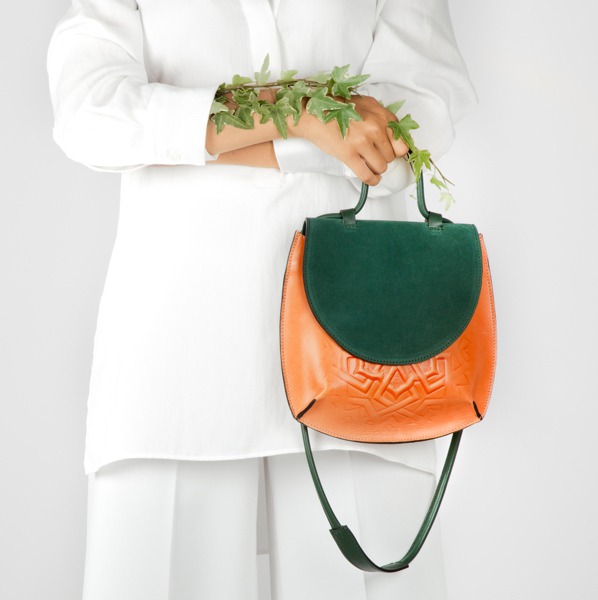 The Mezquita Bag Collection by cordovan style.2019-11-03Read more
The Mezquita Bag Collection by cordovan style.2019-11-03Read moreThe bag collection has an out-of-time where you can behold the excellent quality of Meryan´s leatherwork.
-
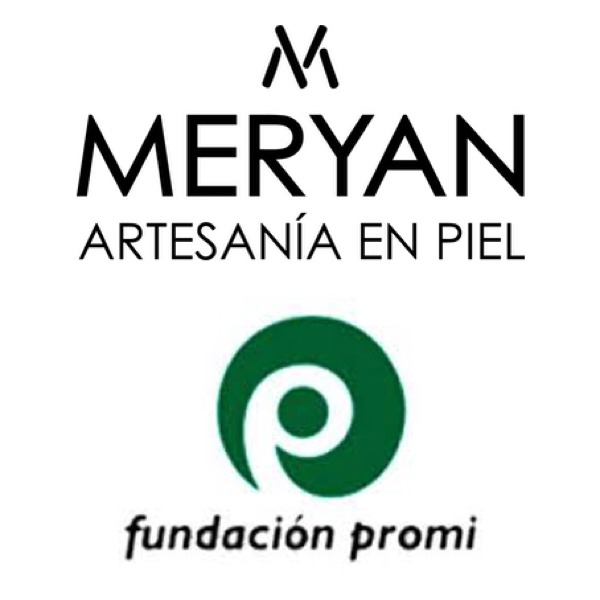 Meryan and Promi Foundation2019-01-30Read more
Meryan and Promi Foundation2019-01-30Read moreMeryan cooperates since last year with Promi Foundation, working with people with special needs.
Blog categories
Search in blog

The ataurique as decorative element
You know well that the recovery of traditional techniques of leather artcraft and its splendour was one of our goals from the beginning. Cordova was a referent in this matter from the Umayyad Caliphate, in 10th Century, to the 18th and its relevance was spread not only across Al-Andalus, but also through Europe and the American continent due to the trade between Spain and its colonies.
Partly because of this and because of the beauty of Hispano-Arabic patterns and elements, some of our designs are inspired by them.

We have reproduced the prayer hall of The the Great Mosque, the Room of Abd Al-Rahman III at Madinat Al-Zahra or the famous Fawn of that same city. But we did more than that and some of our collections are inspired by this Umayyad decoratives elements.FOTO 1
Today we dedicate this section to explain and bring out the meaning of one of this elements, the “Ataurique”.
This term is used to describe all the plant-life decoration on stone, stucco, ivory, wood and of course, on leather. The true is that Ataurique is a Spanish word that comes from the Arab “Tawriq” and it means leaves or foliage. It is also true that it is related to Hispano-Arabic art, but we have to say that this kind of patterns were as well used by others as Greek, Roman, Syrian or Byzantine cultures. For all of them it was a symbol of power and prosperity.

Due to the eclecticism of the Arab-islamic culture, the use of Ataurique in Umayyad Caliphate of Cordova and in hispano-arabic art in general was extensive. They valued all those symbols and incorporated them into their own decorative language. They developed their own techniques and patterns and the Ataurique was used predominantly in protocol spaces and rooms linked to the Caliph.
There are different styles of Ataurique depending if it is in civil or religious architecture. In the first one, as Madinat Al-Zahra, this element was delivered on the entire walls, arches, friezes, both indoor and outdoor. It is the same in artcrafts on ivory or wood, that are covered almost completely by a dense but naturalistic vegetal decoration. Normally these elements are flowers similar to Abbasid tradition, acanthus leaves, palmettes, cones, lotus or iris flowers, this last one representing the Prince.
On the other hand the religious architecture shows an Ataurique more sober and less naturalistic, almost with abstract lines, and it is just displayed on the Maqsura and Mihrab areas.

We value the beauty of these Atauriques and we made of its details unique pieces. Patterns and designs for our paintings and tapestries, for trunks and boxes… Elements that became in the key of our collections, bags and complements. In the end, we’ve incorporated into our design to bring it closer to all of us.
Related posts
-
 Tips to care for your leather products
Posted in: History workshop2020-08-14The leather or tanned leather is a natural and organic material with excellent attributes of resistance and...Read more
Tips to care for your leather products
Posted in: History workshop2020-08-14The leather or tanned leather is a natural and organic material with excellent attributes of resistance and...Read more -
 5 Steps to identify Synthetic Leather
Posted in: History workshop2020-08-07Commercially speaking, leatherwork has been divided in two different groups: natural leather and synthetic leather or...Read more
5 Steps to identify Synthetic Leather
Posted in: History workshop2020-08-07Commercially speaking, leatherwork has been divided in two different groups: natural leather and synthetic leather or...Read more -
 Vegetable Leather Dyeing
Posted in: History workshop2020-07-16In this article, we want to show how to dye leather by hand, and the types of dyes we use to color leather and obtain...Read more
Vegetable Leather Dyeing
Posted in: History workshop2020-07-16In this article, we want to show how to dye leather by hand, and the types of dyes we use to color leather and obtain...Read more -
 A little Story of the Seal of Cordova
Posted in: History workshop2020-06-23History of the official Seal and Coat of arms of Cordova since 13th century trough Meryan leather workshopRead more
A little Story of the Seal of Cordova
Posted in: History workshop2020-06-23History of the official Seal and Coat of arms of Cordova since 13th century trough Meryan leather workshopRead more -
 Meryan and Promi Foundation
Posted in: History workshop2019-01-30Meryan cooperates since last year with Promi Foundation, working with people with special needs.Read more
Meryan and Promi Foundation
Posted in: History workshop2019-01-30Meryan cooperates since last year with Promi Foundation, working with people with special needs.Read more
Leave a comment